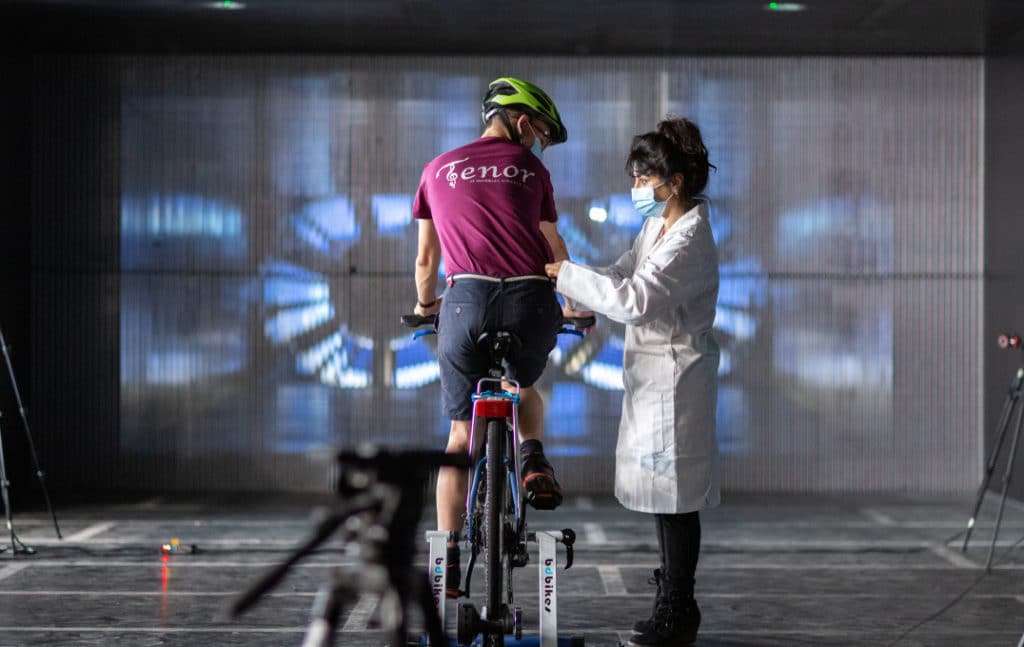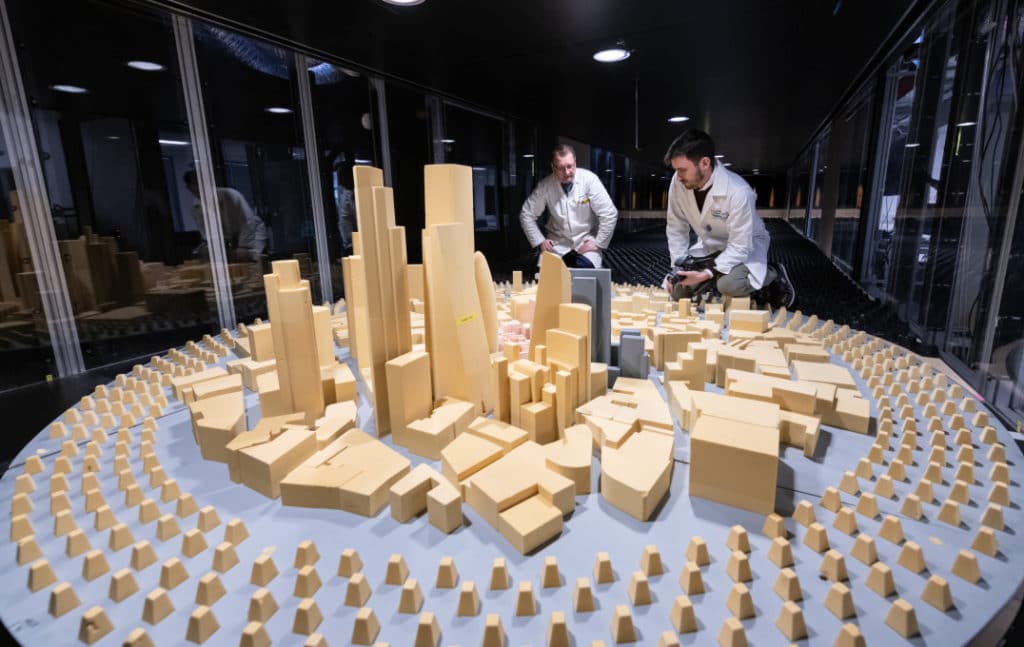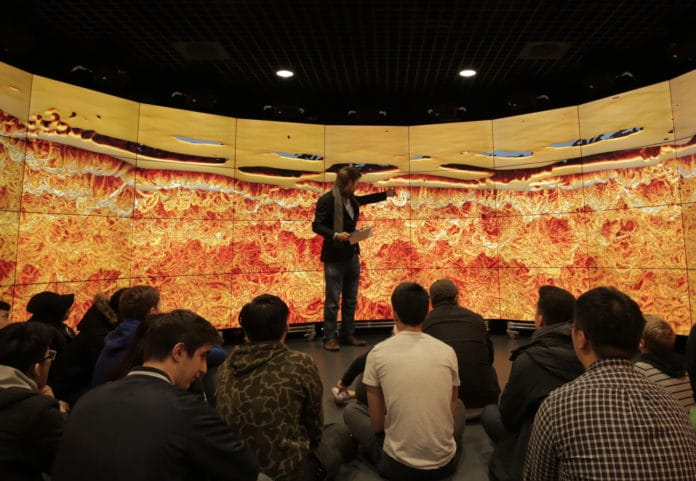Currently, Jet engine turbines use a combination of Reynolds Averaged Navier Stokes (RANS) simulations. The simulations work by capturing the behavior of turbulent flow using approximate models and wind tunnel testing.
However, because of limited accuracy, especially in unsteady flows, RANS simulations and real-world wind tunnel testing can be costly and time-consuming, resulting in limited data.
Nowadays, high-fidelity Direct Numerical Simulations are attracting scientists’ attention as they capture all aspects of the turbulent flow physics directly to obtain accurate predictions without resorting to wind tunnels.
A new study at the Imperial College London has shown how simulations could produce more detailed and accurate data quicker than physical wind tunnel experiments.

Accessing more data could help engineers optimize the design of jet-engine turbine blades and achieve more significant weight savings. This will expand the eco-friendliness of an airplane and lessen emissions that cause climate change.
In a study by the international team of researchers from the UK, USA, Japan, Canada, and Germany, replacing physical wind tunnels with digital wind tunnels could reduce costs and improve designs.
Lead author Professor Peter Vincent of Imperial’s Department of Aeronautics said: “Our simulations are exciting for several reasons. Firstly, they provide us with more accurate and detailed data to learn a lot about the underlying flow physics and potentially use it to train new turbulence models via machine learning-based approaches.
“Secondly, with advances in computer hardware, we may soon be able to acquire the data faster and at a lower cost than from physical wind tunnel experiments. So although digital wind tunnel testing may not replace physical wind tunnels for some years, our study suggests it’s now a real possibility.”

The study mainly focused on testing jet engine turbine blades. Still, the new approach has a role in many others areas, including designing submarines, cars, high-rise buildings, and wind turbines – all of which currently rely heavily on wind tunnel testing.
Professor Vincent added: “Applications beyond turbo machinery include those in the marine, automotive, and green energy sectors, where we hope the technology will play an important role in coming years.”
Journal Reference:
- A.S.Iyer et al. High-order accurate direct numerical simulation of flow over an MTU-T161 low-pressure turbine blade. DOI: 10.1016/j.compfluid.2021.104989
